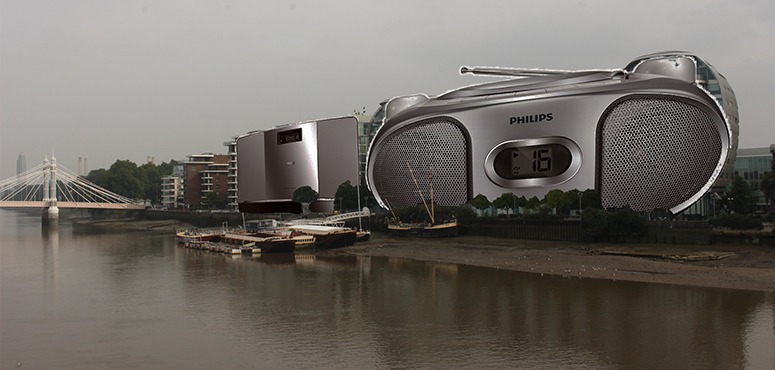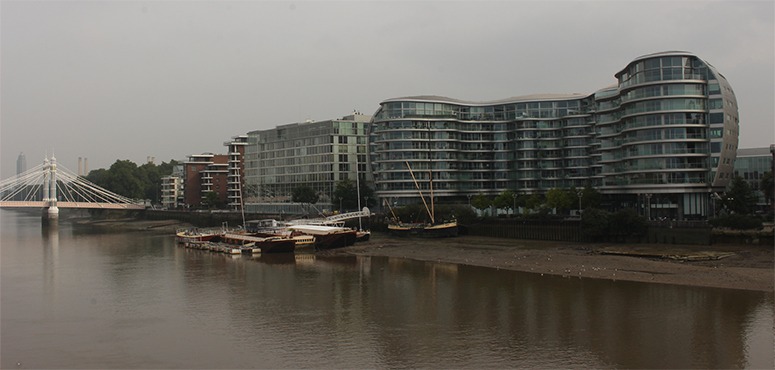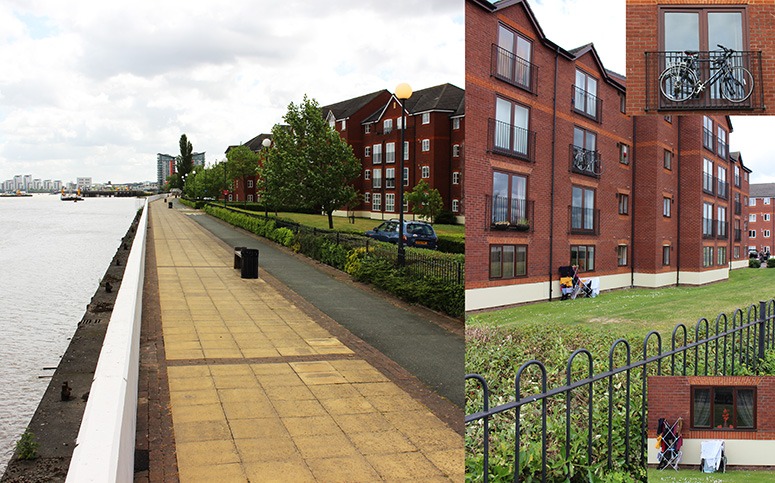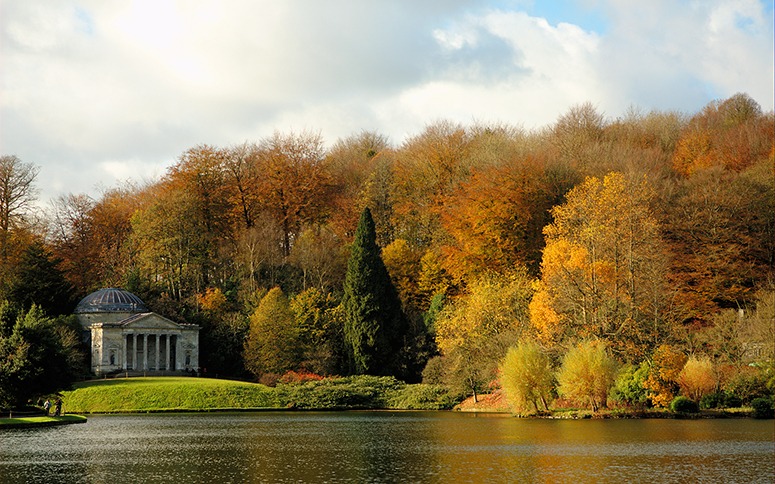I have praised Kongjian Yu’s work before and much enjoyed his lecture to the HGSD (above). I particularly like his advice to ‘make friends with the flood’ and to design for the ‘integration of contemporary art and ecology’. But I am having doubts about my call for him to be appointed Chief Technical Officer to the The Ministry of Housing and Urban-Rural Development 住房和城乡建设部. For sure, he would be very good at the job – but the landscape architecture profession has greater need of him.
It is bad mannered of me to criticise Kongjian after he quotes me in his lecture, but there are two historical points I would like to correct. First, the history of landscape architecture in east and west can be traced back for thousands of years – though its name is but 185 years old. Second, the planning of western gardens and parks ‘for ornament’ dates from c1700 and is now in decline. Older parks and gardens were always planted for food.
So here is an invitation: next time Kongjian Yu is in London I would be delighted to show him round my local park and the new building for the University of Greenwich Department of Landscape Architecture. Greenwich Park was designed in 1660 primarily for food production – and it still produces a large quantity of food, much of which is collected by ethnic Chinese. So it is very appropriate that the roof of the new school has the production of food as one of its main design aims: it will be used for research into the use of living roofs for food production and other sustainable purposes.
Author Archives: Tom Turner
Lord Norman Foster's Thames-side Boom Boxes
We are pleased to publish the hitherto-unseen concept which so evidently inspired Lord Norman Foster’s pair of Thames Boomboxes. As previously agreed, Lord Norman does ‘an awfully good box‘. His heart is in the right place: he speaks with enthusiasm about urban design and works with good landscape architects. The problem, I fear, is that his head is in the wrong place. He sees buildings as objects, not as the creators of space. His own office (the left-hand building, above) is a fine box. But, like a hifi box or another consumer product, it could fit equally well in any context. There is nothing-London and nothing-Thames about it or the curvy adjoining residential boombox – except of course for its wannabe name: The Albion. The above photograph was taken on a warm day in late summer. Re-visited last week a howling gale was being funneled through the arch under the Albion. The ambient temperature was 11C and, with wind-chill, felt like -1C. So, while perfectly able to admire Foster and Partners architecture, I condemn this example of the firm’s the landscape architecture and urban design. The half-doughnut building faces due north, so that its wings keep out all sunlight except for mid-day in mid-summer. This is not my idea of good conditions for enjoying a good outdoor life beside a great river.
Useful info for the mayor and leader of Royal Greenwich Borough Council
Dear Councillor Angela Cornforth and Councillor Chris Roberts
Respectfully, I draw the following points to your attention:
- You were elected to represent the people of Greenwich
- The people you represent do not want to pay for mowing useless grass
. They prefer gardens.
- The people you represent wash their clothes. After that, they want to dry them – but not in a communal space (inset photo, bottom right)
- The people you represent ride bicycles. They and do not want them to be stolen and they do not want to hang them from the Juliet balconies you have allowed to be built (inset photo, top right).
- Your council’s riverside path is 36 feet wide (=10,973m). It has hardly any users. This is a waste of land. The heavily used riverside footpath in Maritime Greenwich is called the Five Foot Path and is 5′ = 1.524m wide.
- The buildings your council allowed to be built c1995 look like relics of the 1930s with double glazing. I believe Councillor Roberts was in charge of Planning at that time. Past errors should be rectified
- Your council still employs a lot of town planners. They have powers which could be used to secure good urban and landscape design. Since they continue to permit unustainably bad urban landscape design, you should sack them.
The reason your Council should have landscape architects on its staff is not to do design work. It is to ensure that planning applications have appropriate landscape conditions attached to them – so that public goods can be secured through the planning process. The town planners who do this work at present do not have the necessary skills in design, construction, planting or the social use of small outdoor space in urban areas. Think about it: if either of you has a heart attack, do you want a gynecologist to look after you? If your car needs to be repaired, would you take it to a vet? If your house has subsidence, would you cal for a decorator? I guess not, so why not employ landscape architects for landscape architectural work?
Yours truly
Tom
Stourhead Landscape Garden in autumn with Radio 4, Eddie Mair and Alan Power
Let’s hope Eddie Mair returns to Stourhead with a determination to understand its importance as a work of art.
London Sightseeing – a cruise on a River Thames Boat
How do Londoners and tourists regard the river Thames? This video was taken on a London City Cruise and you can hear the waterman’s commentary. I guess he loves the river but, like Joseph Conrad, sees it as being as much a place of darkness as a place of light – while also being a river of greatness, cruelty and folly, a place where kings are cruel and greedy, where most architects are fools and where the people remain cheerful, cynical and long-suffering. My view is that the river and its banks need enlightened planners, brilliant architects and imaginative landscape architects. That, and some money, could put London high in lists of the world’s top waterfront cities. The Mayor of London and the Greater London Authority (GLA) put their weight behind the 2012 Olympic Bid. They should now accept the challenge of getting near the top of these lists:
Great Waterfronts of the World
17 International Cities With Wonderful Waterfronts
World’s Top Waterfront Cities
Top 10 waterfront cities in the world
I do not know whether Joseph Conrad belonged to The Company of Watermen and Lightermen but he had many years experience as a seaman on the high seas, on the River Thames and in the West India Docks. I’m sure he would like to have London on these lists. He loved London, loved the Thames and lived in Tachbrook St, London SW1V 2NG.
The skyline, architecture and landscape of the River Thames in Central London
I see the Banks of the Thames as a place where, during the twentieth century, unimaginative planning and selfishly mediocre architecture often conspired to produce designs better suited to a rundown provincial town than to the heart of a great city. Skylines, landscape and architecture should be considered together, looking to the past and looking to the future. ‘Protecting’ views is important but insufficient. Proposals for ‘high buildings’ ‘tall buildings’ and ‘towers’ should be viewed in context, never in isolation. Studies of their visual and environmental impact require scenic quality assessments, a policy context and full testing on a digital model of the city. As the below quotations reveal, London’s river is both a Place of Darkness and a Place of Light.
William Blake, in 1794, found ‘in every face I meet / Marks of weakness, marks of woe’ where ‘the Thames does flow’.
William Wordsworth, 8 years later found the Thames a river of beauty and romance. He declared that ‘Earth has not anything to show more fair’ (1802).
Joseph Conrad, in 1899, knew the Thames as a place of history, romance, toil, darkness and light. He saw London as ‘the biggest, and the greatest, town on earth’, a place which had known ‘the dreams of men, the seed of commonwealths, the germs of empires’ and was yet ‘one of the dark places of the earth.’
Since 1945 property developers have seen the Thames as a place to make a quick buck
Since 2000, some wealthy immigrants have viewed riverside apartments as great places to launder the ill-gotten gains of financial scams and miscellaneous corruption.
Recent blog posts about London’s River Thames skyline landscape
- The 122 Leadenhall Cheesegrater and protecting London’s skyline landscape view of St Paul’s Cathedral from Fleet Street
- The Shard architecture and skyline landscape symbolic reviews
- Sunlight, tall buildings and the City of London’s new urban landscape architecture
- The visual impact of Renzo Piano’s Shard on the landscape and skyline of the River Thames
- London’s skyline: landscape and high buildings policy – and my apology for postmodern urban design
- London Sightseeing – a cruise on a River Thames boat
See also: Rem Koolhaas on London’s skyline. Koolhaas remarks that ‘London has always changed dramatically and it’s still is not a very dramatic city. So it can go on. I think that in London whatever you do you do not disturb an earlier coherence. You do not disturb an earlier utopia like in Paris. It can stand a lot of development without suffering’. I read this comment as a polite way of saying that most of London’s riverside is pretty dull, as the above video shows, it has its moments – but not enough of them.




